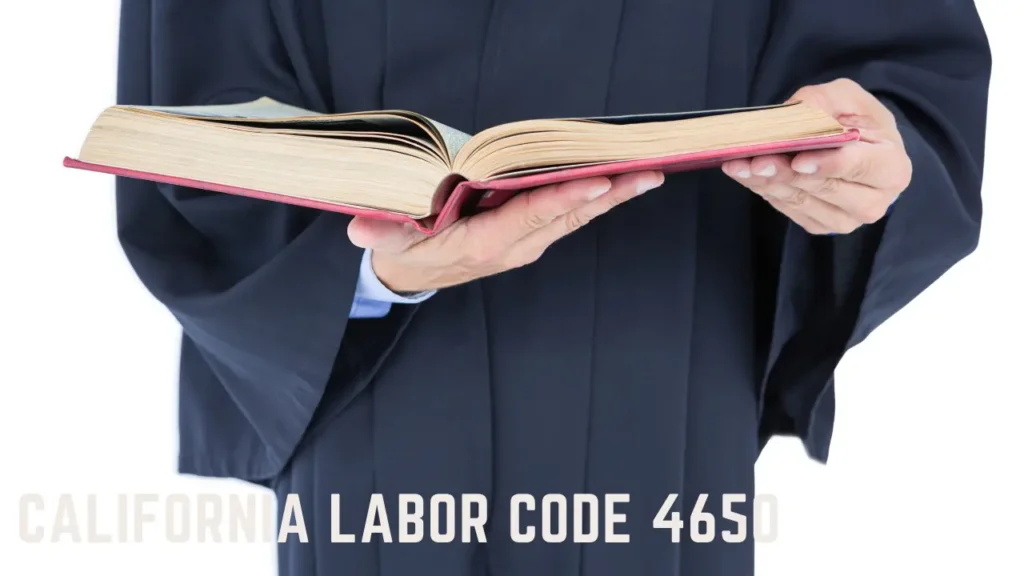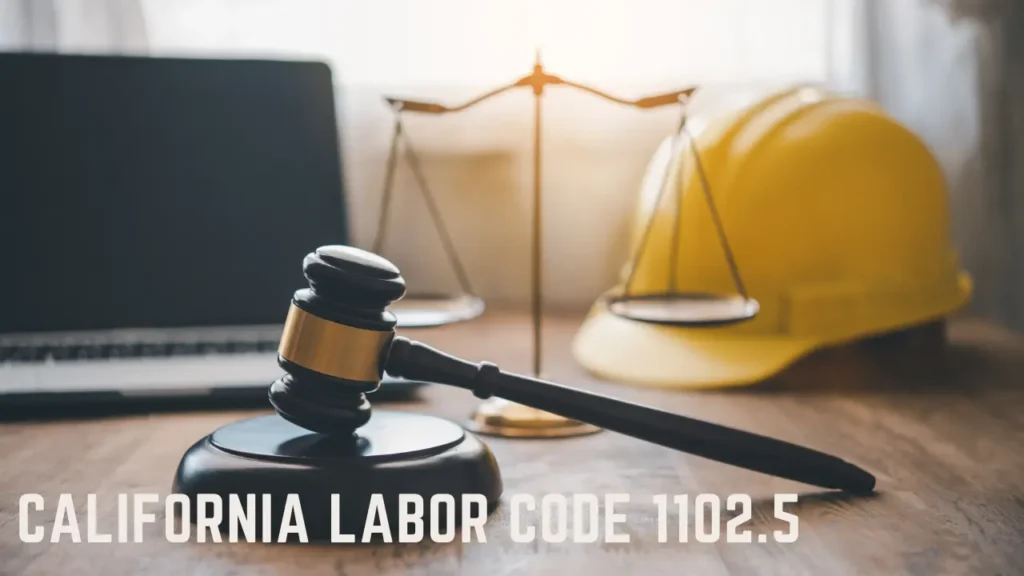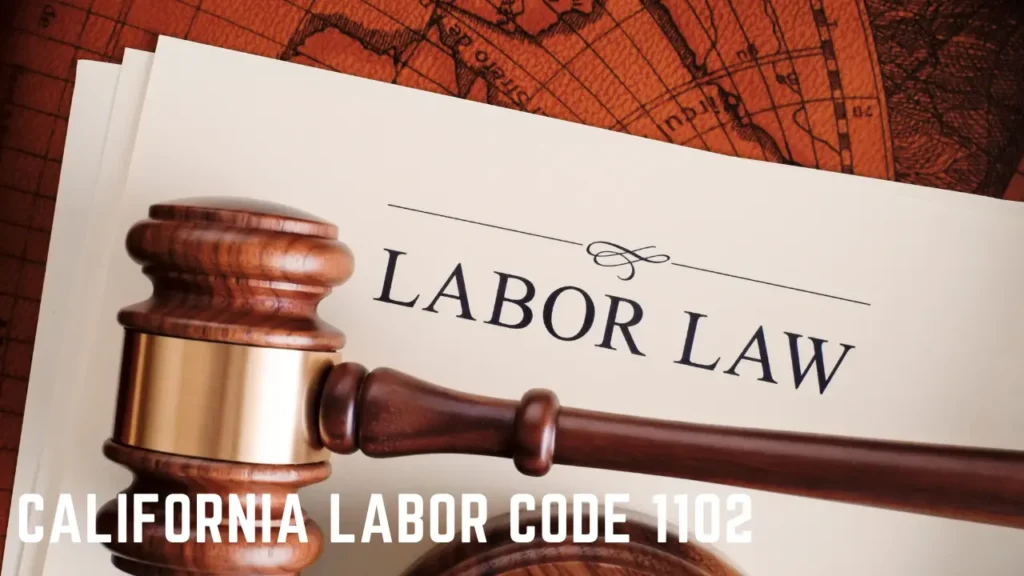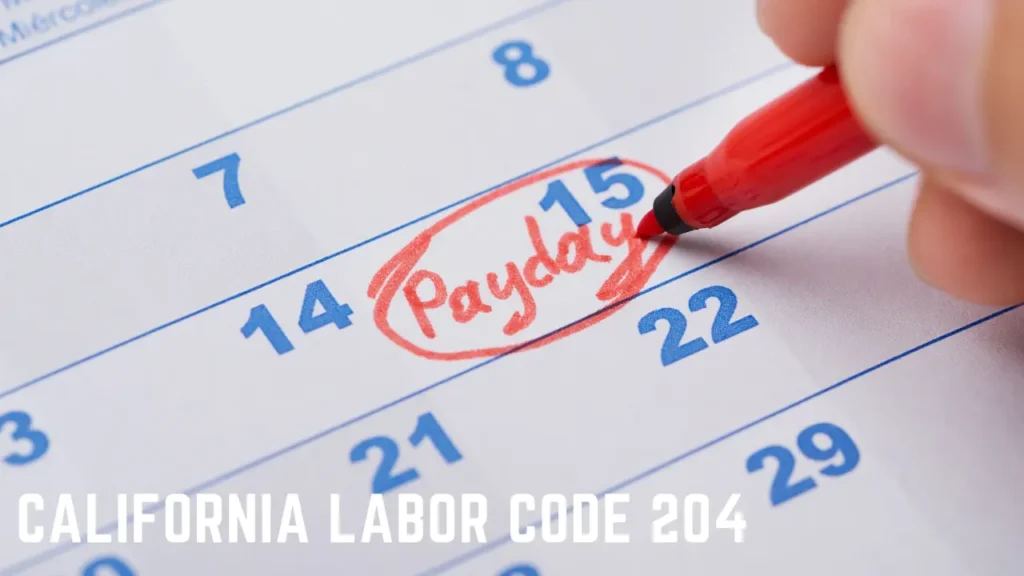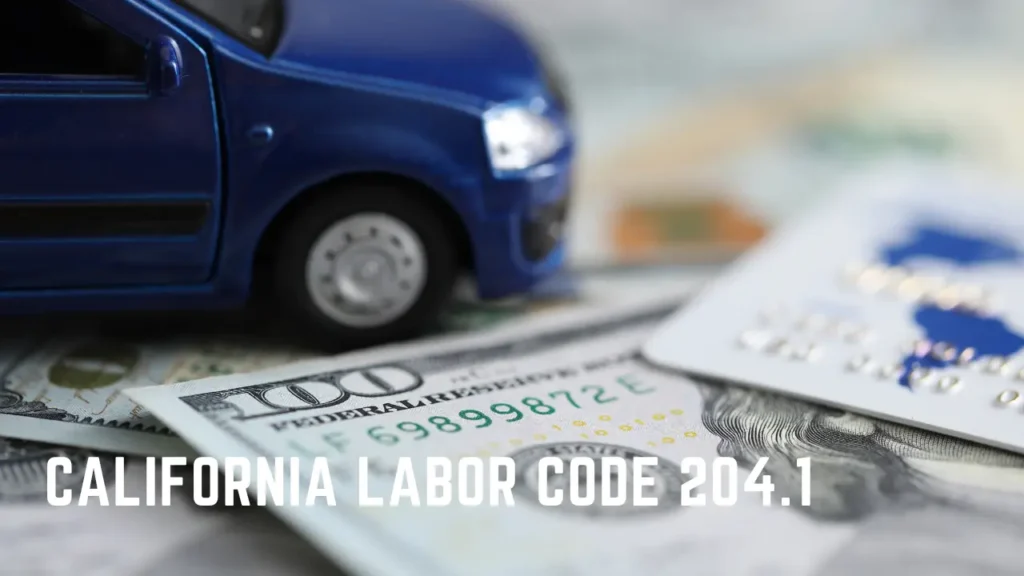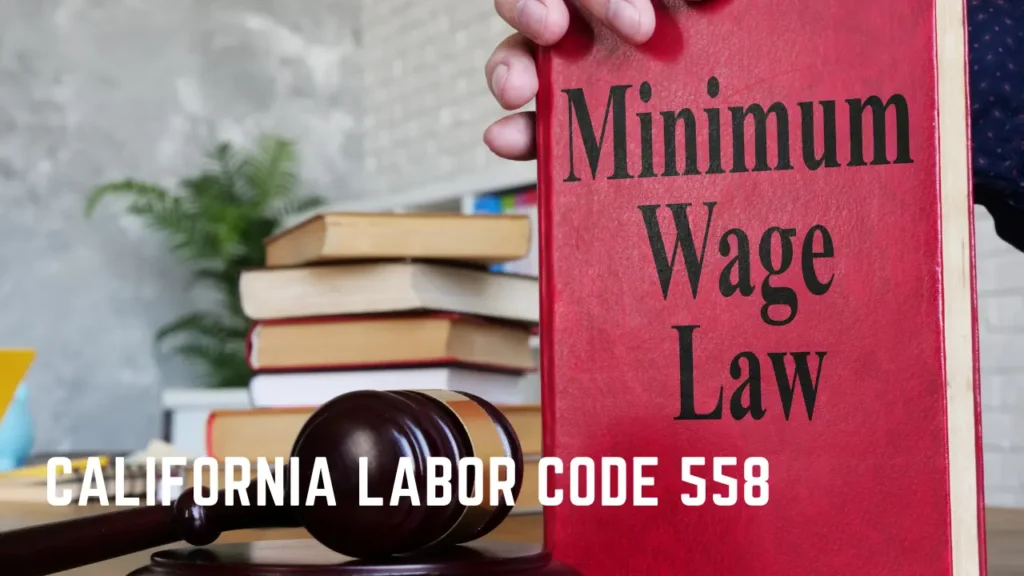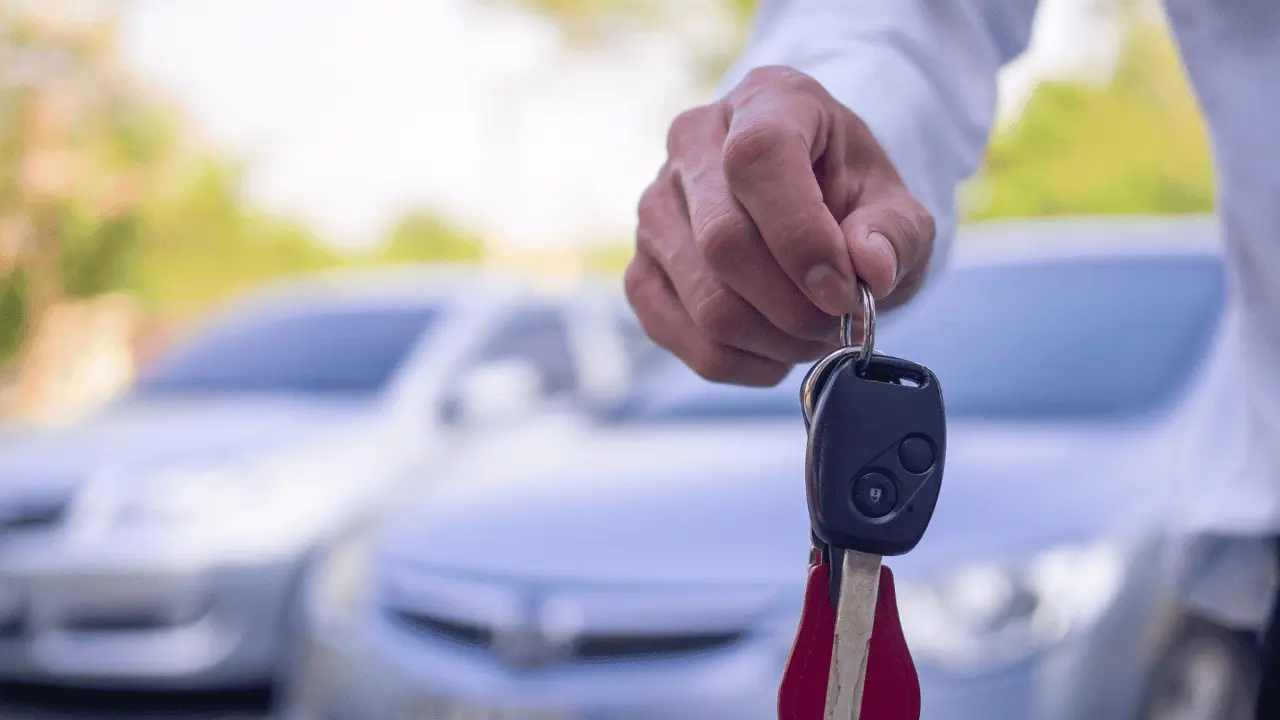Head-on collisions are among the most severe types of car accidents, and often result in serious injuries or death. These accidents occur when the front end of one vehicle strikes the front end of another vehicle, and they can happen on any type of road or highway.
There are a number of factors that can contribute to head-on collisions, including reckless driving, distracted driving, and driving under the influence of drugs or alcohol. Reckless driving can include excessive speeding, tailgating, and failing to obey traffic laws, while distracted driving can include things like using a cell phone, eating, or applying makeup while driving.
Another major contributing factor to head-on collisions is driving under the influence of drugs or alcohol. When a driver is under the influence, their judgement and reaction time are impaired, making it much more likely that they will cause a head-on collision.
Head-on collisions can also happen as a result of poor road design or construction. For example, a poorly marked or poorly maintained road can make it difficult for drivers to see oncoming traffic, increasing the likelihood of a head-on collision.
Symptoms of a head-on collision can vary greatly depending on the severity of the accident and the specific injuries sustained. Common injuries include broken bones, internal bleeding, traumatic brain injuries, and spinal cord injuries.
It is important to note that head-on collisions can be fatal, and those who survive such accidents may be left with permanent injuries. This is why it is so important for drivers to be aware of their surroundings and to always drive responsibly.
To prevent head-on collisions, it is important for drivers to obey traffic laws and to avoid distractions while driving. This includes things like using a cell phone, eating, or applying makeup. Drivers should also avoid drinking and driving, as alcohol and drugs can impair judgement and reaction time.
It is also important for drivers to be aware of poor road design or construction that can increase the likelihood of a head-on collision. This includes things like poorly marked or poorly maintained roads.
It is important to note that head-on collisions are preventable, and that by taking the time to drive responsibly and be aware of your surroundings, you can help to reduce the risk of a head-on collision.
One of the best ways to prevent head-on collisions is to practice defensive driving. This means being aware of your surroundings, including other drivers, pedestrians, and objects on the road, and making decisions based on this awareness. Defensive driving also means being prepared for the unexpected and anticipating other driver’s mistakes.
It is also important to maintain your vehicle and keep it in good condition. This includes regular check-ups, oil changes, and tire rotations, as well as making sure that your brakes, lights, and other safety systems are in good working order.
In case of a head-on collision, it is crucial to seek medical attention immediately. Even if you feel fine, you may have injuries that have not yet become apparent. This includes injuries such as traumatic brain injuries or internal bleeding, which can be life-threatening if not treated promptly.
In conclusion, head-on collisions are among the most severe types of car accidents and often result in serious injuries or death. These accidents can be caused by reckless driving, distracted driving, and driving under the influence of drugs or alcohol, as well as poor road design or construction. It is important for drivers to obey traffic laws, avoid distractions, and be aware of poor road design or construction in order to prevent head-on collisions. It is also important to practice defensive driving, maintain your vehicle, and seek medical attention immediately after a head-on collision. Remember that head-on collisions are preventable.

